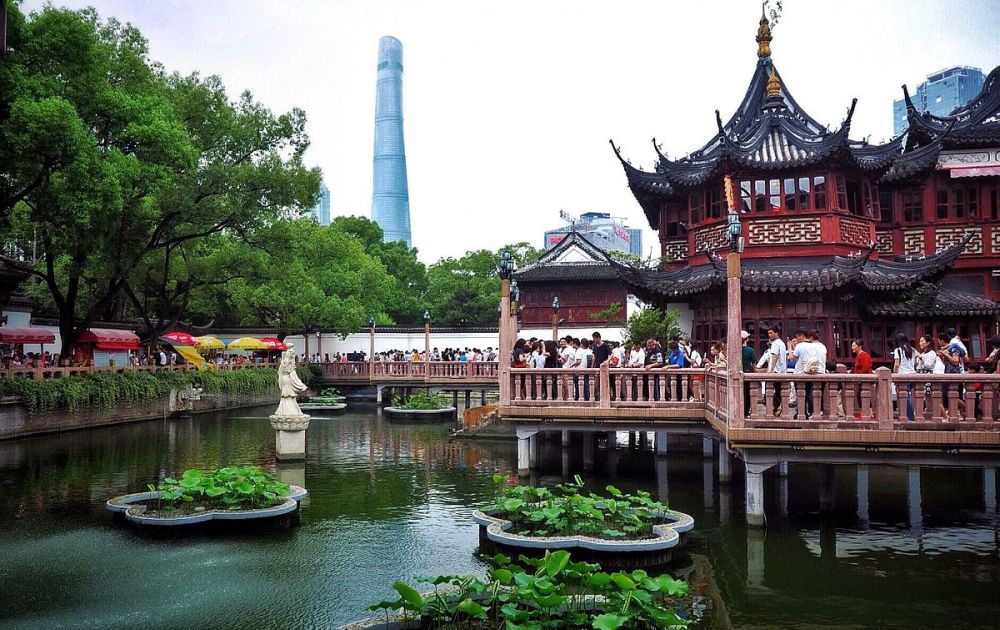

Yu Garden, also known as Yuyuan Garden, is a renowned classical Chinese garden nestled in the bustling heart of Shanghai's Old City. It boasts a rich history that dates back to the Ming Dynasty when it was first established in 1559 by Pan Yunduan as a peaceful retreat for his aging father, Pan En, a high-ranking official in the Ming government. The garden's design aimed to celebrate the luxurious life of Pan's family, drawing inspiration from the stunning southern Chinese landscape.
The history of tourism at Yu Garden can be traced back to the late 19th century. After the fall of the Ming Dynasty, the garden went through periods of decline, but it later found a new life as a public space. By the 1950s, following restoration efforts to repair damage from the 19th century Opium Wars and the 20th century's internal conflicts, Yu Garden began to emerge as a popular tourist destination, attracting history enthusiasts and garden lovers from around the world.
Tourism at Yu Garden took on a broader international appeal post-1970s, following the end of the Cultural Revolution. The introduction of economic reforms and the opening of China to international visitors led to a surge in tourists flocking to historical sites such as Yu Garden. Preservation efforts were amplified to maintain the authenticity and beauty of this ancient site, blending conservation with visitor engagement.
Today, Yu Garden stands as a symbolic representation of traditional Chinese culture and heritage in the midst of modern Shanghai. Visitors to the garden can stroll through the six main scenic areas laid out in the Suzhou-style: Sansui Hall, Wanhua Chamber, Dianchun Hall, Huijing Hall, Yuhua Hall, and the Inner Garden. Each area is delicately arranged to provide an immersive cultural experience, with exquisite pavilions, ponds, rockeries, cloisters, and flowering trees that create an enchanting environment.
Eco-Friendly and Sustainable Tourism: There's a growing trend towards sustainability in tourism, with more visitors seeking environmentally-friendly experiences. Yu Garden supports this trend through its celebration of natural landscapes and emphasis on the conservation of its historical legacy.
Immersive Cultural Experiences: Modern tourists are increasingly interested in deep cultural engagement. Yu Garden offers rich cultural activities, such as traditional Chinese festivals, tea ceremonies, and seasonal flower shows, to meet this demand.
Smart Tourism: Advancements in technology have brought new ways to explore Yu Garden. Virtual tours, mobile apps for personalized tours, and interactive information kiosks have become more prominent, helping to enhance the visitor experience.
As a testament to its enduring allure, Yu Garden continually attracts millions of visitors each year. To fully appreciate the beauty and history of Yu Garden, it is recommended to visit during spring or autumn when the weather is pleasant, and the garden's flora is at its most vibrant. While the garden is open year-round, visiting outside of national holidays can provide a more tranquil experience. Tourists should also consider hiring a guide to gain deeper insights into the historical and cultural significance of this incredible garden.
Yu Garden stands not only as an exquisite example of Ming Dynasty garden design but also as a pivotal landmark in Shanghai's tourism landscape. Its journey from a private retreat to a public treasure exemplifies China's rich history and its ongoing commitment to preserving cultural heritage for future generations to admire and enjoy.